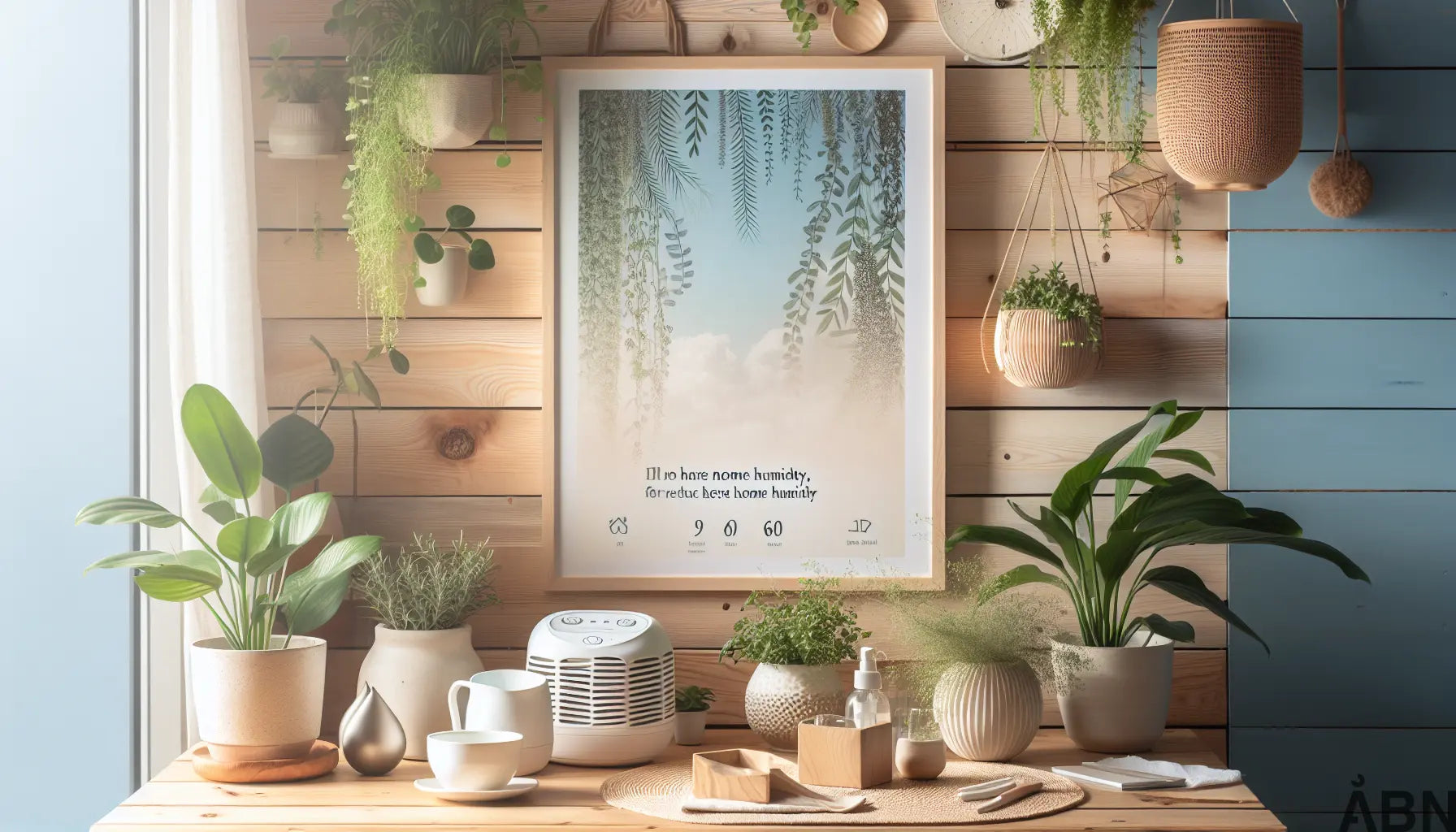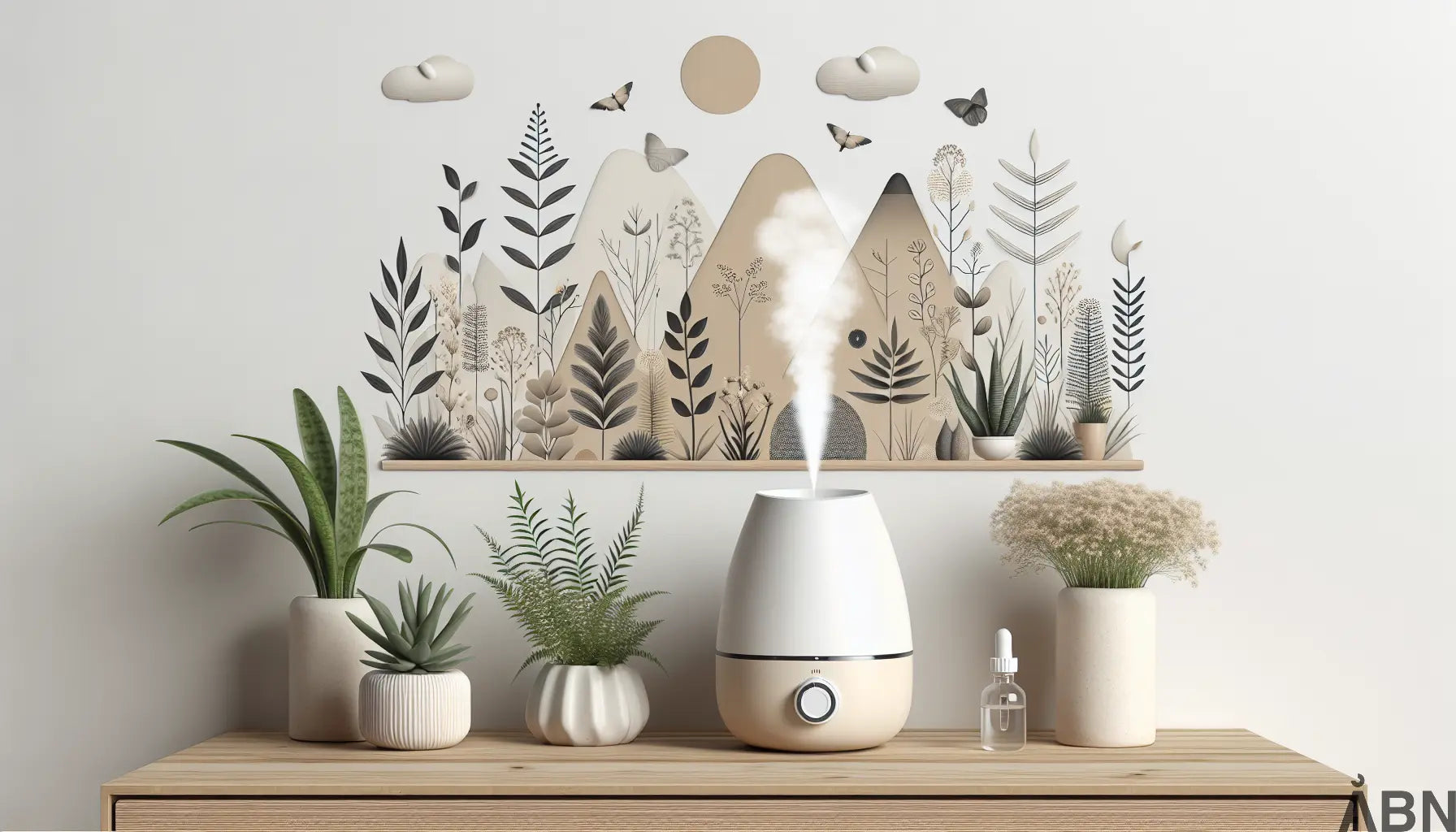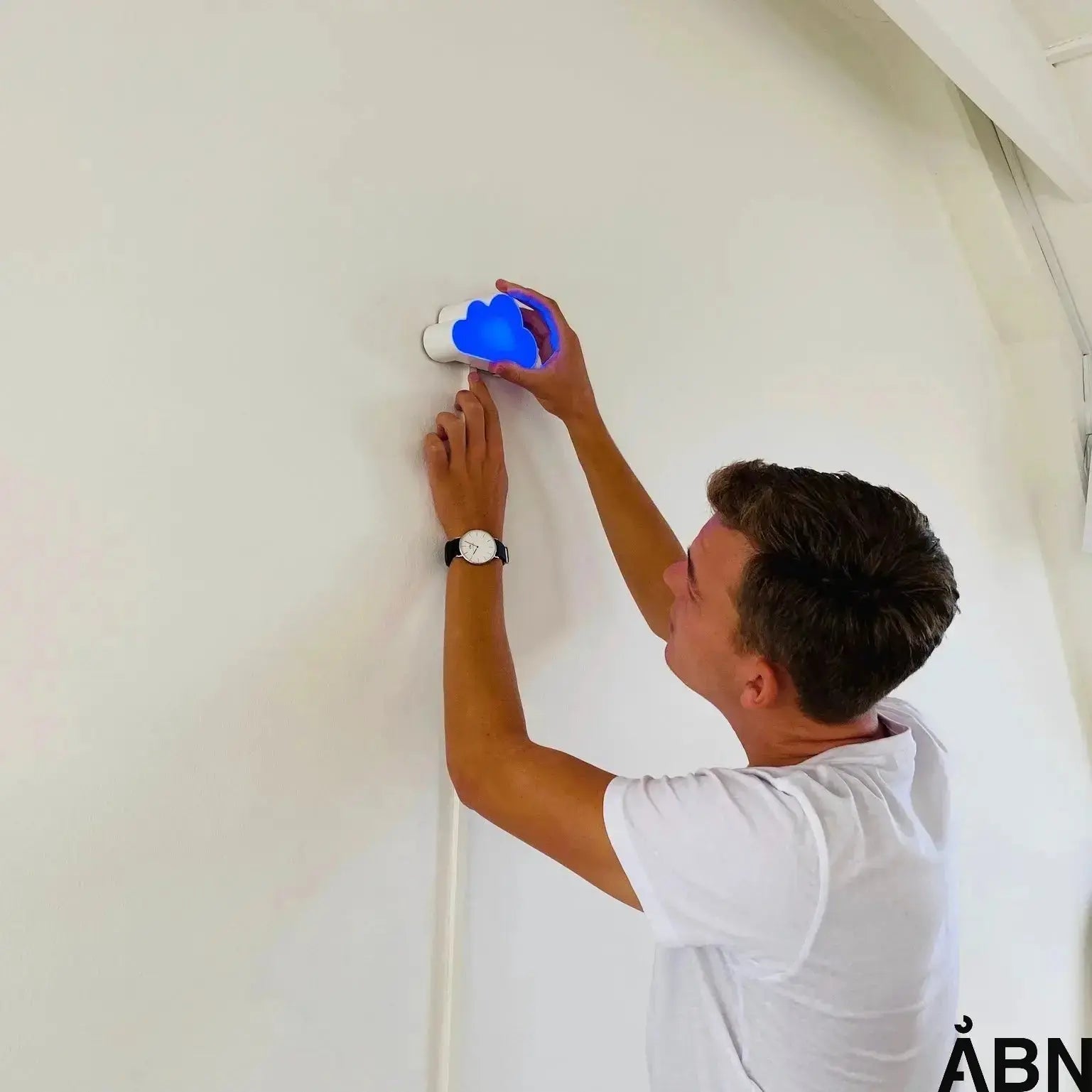
How often should you air out?

Guide: How to measure poor indoor climate

How to measure mold in the air

When does moisture cause mold?

Moisture in walls: When should you react?

How much dust is too much in the indoor climate?

The best temperature in the workplace

Can you remove moisture with heat?

How to read a hygrometer correctly

How to lower humidity at home

Is dry air harmful to health?

Is 80% humidity too high?
Follow the latest news
Welcome to ÅBN's blog page, where we provide you with the latest insights and updates on indoor climate, sensors and much more. To ensure that you are always up to date with the latest trends and technologies, we have compiled a number of articles covering everything from improving indoor climate to the latest sensor solutions.
Do you have any questions?
Do you have questions or need further information about indoor climate, sensors or any of the topics we cover on our blog? We are here to help! You are always welcome to contact us directly at hello@aabn.io . Our team is ready to answer your questions and provide you with the knowledge you need to optimize your indoor climate and make the most of sensor technologies.
Thank you for visiting our blog. We look forward to bringing you more useful updates and news about indoor climate and sensors.
Would you like more information about indoor climate, ÅBN or our products? Book a meeting and we'll have a chat.





